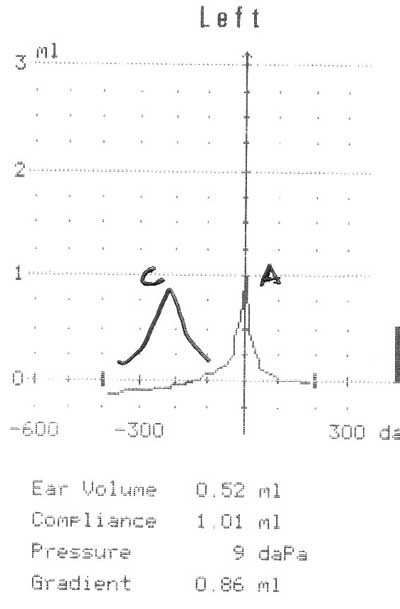The following document was written by Mr Neela Mouli Doddi MBBS, MS(ENT), MRCS in Jan 09. You may use the information here for personal use but if you intend to publish or present it, you must clearly credit the author and www.clinicaljunior.com
This site is not intended to be used by people who are not medically trained. Anyone using this site does so at their own risk and he/she assumes any and all liability. ALWAYS ASK YOUR SENIOR IF YOU ARE UNSURE ABOUT A PROCEDURE. NEVER CONDUCT A PROCEDURE YOU ARE UNSURE ABOUT.
How to Read an Audiogram
Audiogram is a graph that shows the persons hearing. It tells us the type and degree of hearing loss. The results of the hearing test (pure tone audiometry) are plotted on an audiogram.
It has an X axis and a Y axis.
Some important terms to know, to understand an audiogram:
Frequency: The sound frequency or pitch (measured in Hertz) is plotted on the X (horizontal) axis. The frequencies commonly tested are 250Hz, 500Hz, 1 KHz, 2 KHz, 4 KHz, and 8 KHz.
Intensity: The sound Intensity or loudness (measured in decibels) is plotted on the Y (vertical) axis. The intensities commonly plotted range from -10 or 0 to 120, in multiples of 10.
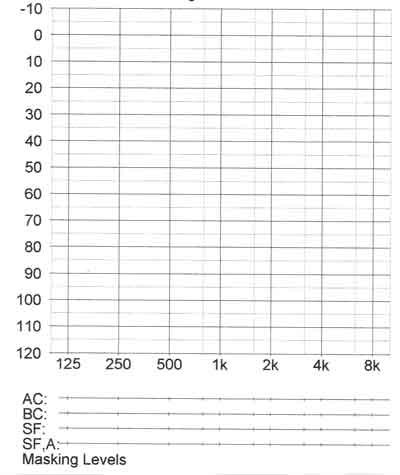 Fig 1: Audiogram with frequencies on X axis and Intensities on Y axis
Fig 1: Audiogram with frequencies on X axis and Intensities on Y axis
The softest sound a person hears 50% of the times, at each frequency is his Hearing Threshold at that frequency. The Hearing Level (HL) is measured in Decibels.
At each frequency the person’s air conduction (AC) and bone conduction (BC) are tested.
‘O’ is used to denote air conduction for the right ear.
‘X’ is used to denote air conduction for the left ear.
A small triangle is used to denote bone conduction for the right and left ears.
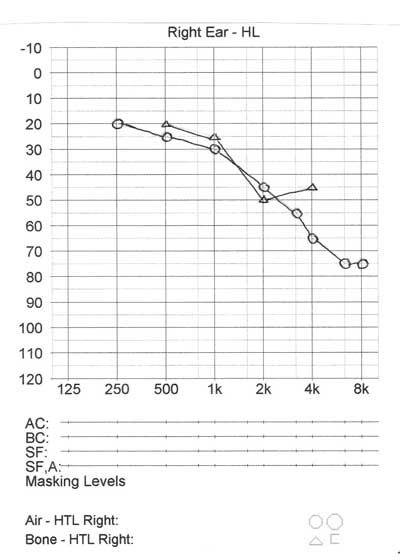 Fig 2: Audiogram denoting the symbols used for the right ear
Fig 2: Audiogram denoting the symbols used for the right ear
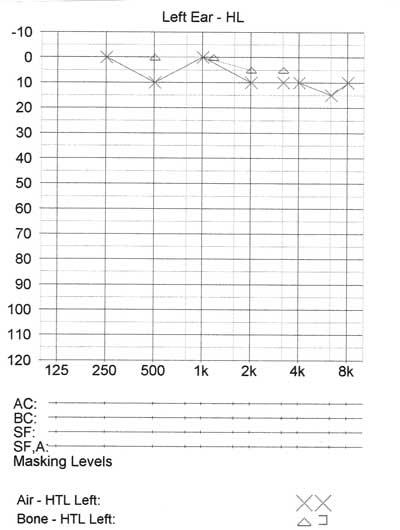 Fig 2: Audiogram denoting the symbols used for the left ear
Fig 2: Audiogram denoting the symbols used for the left ear
It is important to note that 0 dB does not mean that there is no sound at all. It is the softest sound that a person with normal hearing would be able to hear at least 50% of the times. Everyone does not have a perfect 0 dB HL thresholds at all frequencies. There is a normal range.
0dB to 20dB = Normal range
21dB to 40 dB = Mild hearing loss
41 dB to 55 dB = Moderate hearing loss
56 dB to 70 dB = Moderately Severe hearing loss
71 dB to 90 dB = Severe hearing loss
> 90 dB = Profound hearing loss.
Masking: It means presenting a constant noise to the nontest ear. It is done to prevent nontest ear from detecting the sound presented to the test ear by crossover.
Masking is usually done when:
- The difference between the air and bone conduction thresholds is more than 10db.
- The difference between the air conduction thresholds of the right and left ear is more than 40db.
‘[‘Is used to denote masked bone conduction of Right ear
‘]’ is used to denote masked bone conduction of Left ear
By comparing the air conduction and bone conduction thresholds, we can determine if the hearing loss is conductive, sensorineural or mixed.
Conductive Hearing loss: The pathology is in the outer or middle ears.
The audiogram shows normal bone conduction thresholds while the air conduction thresholds show a hearing loss greater than 20db (remember 0- 20 db is normal range). There is a difference of at least 10 db between the air and bone conduction thresholds.
Examples: Wax, glue ear, otitis media, perforation of the tympanic membrane, or ossicular abnormalities.
 Fig 4: Conducive hearing loss of 40db at 250 Hz, 500Hz and 1kHz and 30db at 2kHz and above in the right ear.
Fig 4: Conducive hearing loss of 40db at 250 Hz, 500Hz and 1kHz and 30db at 2kHz and above in the right ear.Sensorineural Hearing loss: The pathology is in the cochlea and or auditory nerve / central auditory pathways. Both the air and bone conduction thresholds are above 20db. The difference between the air and bone conduction threshold is less than 10db.
Examples: Presbyacusis, Menieres disease, noise-induced hearing loss, Acoustic neuroma
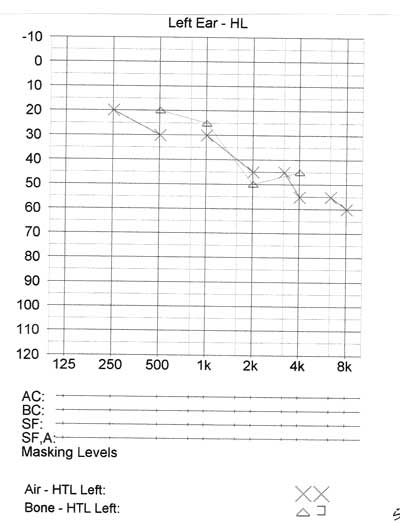 Fig 5: Sensorineural hearing loss of 30db at 500Hz and 1kHz, 50db at 2kHz and 55db at 4kHz in the left ear.
Fig 5: Sensorineural hearing loss of 30db at 500Hz and 1kHz, 50db at 2kHz and 55db at 4kHz in the left ear.Mixed Hearing Loss: It has a combination of conductive and sensorineural pathology.
Both the air and bone conduction thresholds are above 20db but the difference between the air and bone conduction threshold is more than 10db.
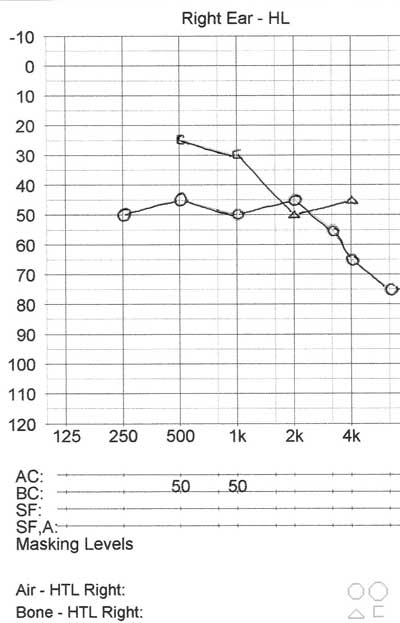 Fig 6: Mixed hearing loss with a conductive loss of 50db at 250hz and 1K, 45 at 500hz and 2k, 65db at 4k and 75db at 8k.
Fig 6: Mixed hearing loss with a conductive loss of 50db at 250hz and 1K, 45 at 500hz and 2k, 65db at 4k and 75db at 8k.There are a number of other diseases that may be diagnosised using an audiogram. Below are examples of a few of these. For the more experienced you can scroll down slowly so that you can try working out the pathology before seeing the answer below the charts.
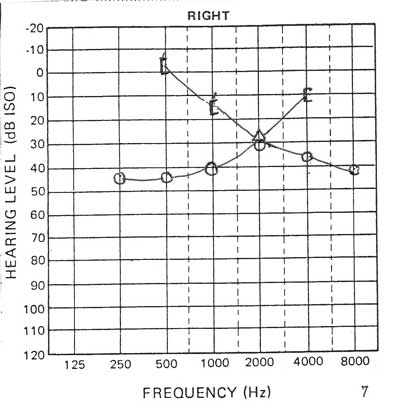 Fig 7: Otosclerosis: conductive hearing loss with a bone conduction dip at 2kHz - 'Carharts Notch'
Fig 7: Otosclerosis: conductive hearing loss with a bone conduction dip at 2kHz - 'Carharts Notch' Fig 8: Noice induced hearing loss : sensorineural hearing loss with a dip at 4kHz.
Fig 8: Noice induced hearing loss : sensorineural hearing loss with a dip at 4kHz.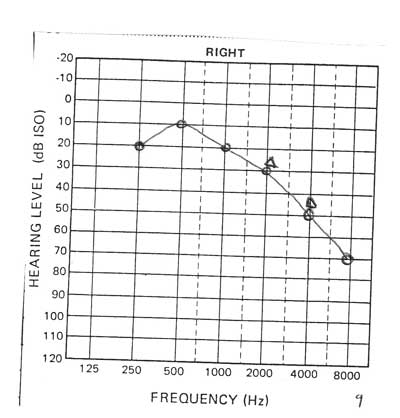 Fig 9: Presbyacusis: high frequency sensorineural hearing loss
Fig 9: Presbyacusis: high frequency sensorineural hearing loss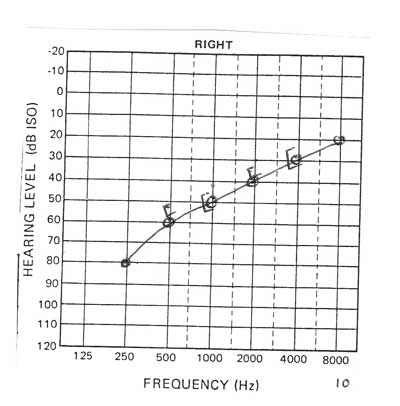 Fig 10: Menieres disease: Low frequency sensorineural hearing loss
Fig 10: Menieres disease: Low frequency sensorineural hearing loss How to Read a Tympanogram:
Tympanometry is a method of assessing the status of the middle ear. The compliance (inverse of stiffness) of the tympano-ossicular system is charted against various pressure changes.X axis shows the pressure gradient. Y axis shows the compliance.
There are three types of tympanograms.
Type A: Is tent shaped and is located between the pressures of -100 to +50 mm/H2O Indicates a normal middle ear.

Type B: Is a flat, horizontal trace, indicating fluid in the middle ear (in the presence of normal ear canal Volume). If the ear canal volume is large and the curve is Type B, it indicates a perforated tympanic membrane. Type C: Is tent shaped but is located at pressures more negative than -100mm/H2O It indicates negative pressure in the middle ear seen in Eustachian tube dysfunction.
